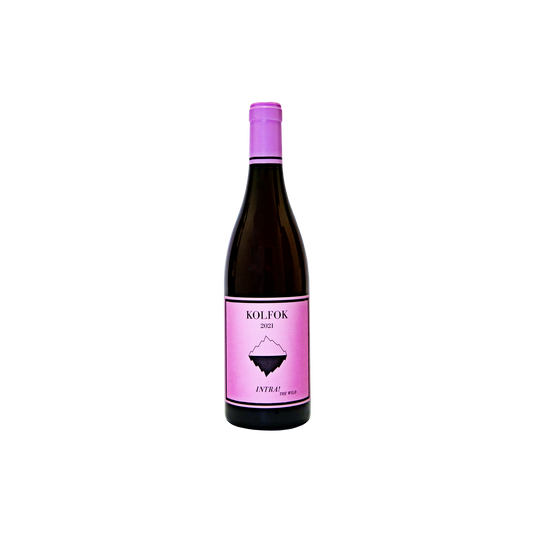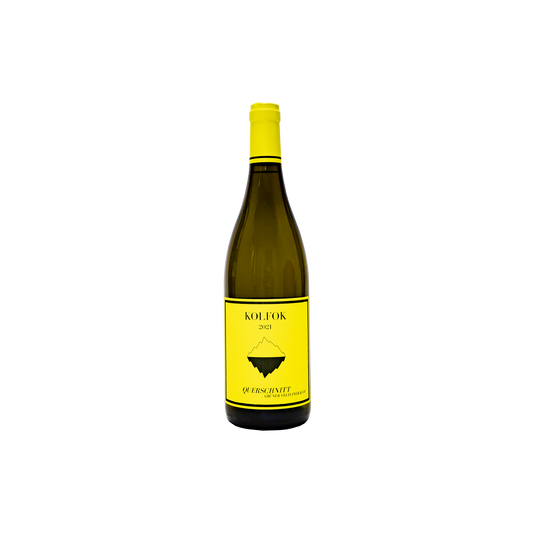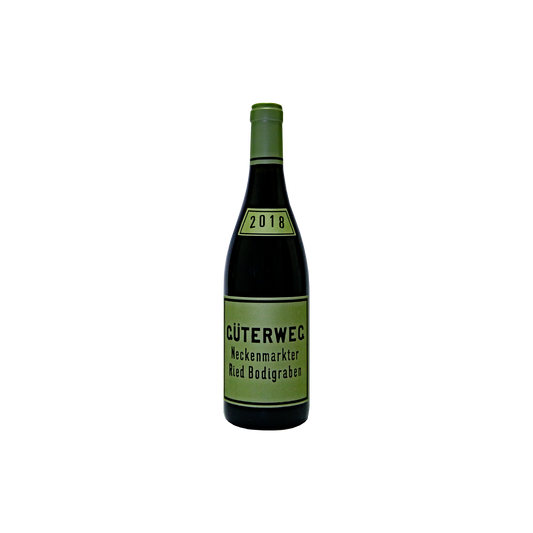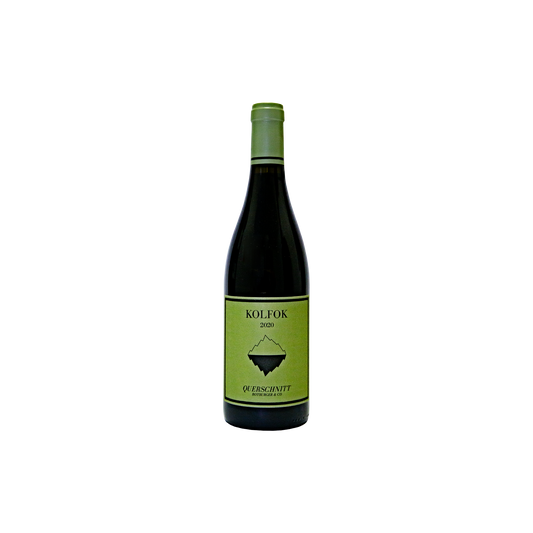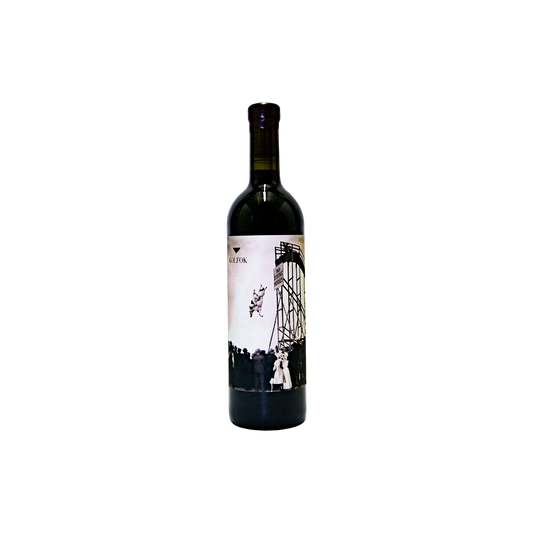KOLFOK

The word Kolfok has its origins in a regional Burgenland dialect and describes an unconventional thinker, someone with their own mind, and critical of common thoughts.
Stefan Wellanschitz, who founded the Kolfok winery, considers himself an observer and companion, rather than a producer of his wines. He allows them the freedom and time to reveal their origin and authentic character.
Based in a town called Neckenmarkt, situated in the middle of the Ödenburger Valley, in Mittelburgenland, Stefan has access to exceptional variations of soils.
In the lower vineyards, the soils range from ferrous loam to volcanic clay, while in the higher parts, up to 500 metres above sea level, they consist of schist, gneiss, and limestone.
Stefan works in both warmer, south-facing vineyards and cooler, north-facing vineyards. In some of them, vines are planted in a way that two vines share one spot to challenge them and encourage deeper root development, preparing for the impacts of climate change. All of his wines are unfiltered, not pumped, and have a minimal amount of sulphur. They mature in used Barriques and Fuder casks.
The combination of alpine soils and the Pannonian climate in this special microclimate reveals the unique characteristics of his wines.
BURGENLAND
Burgenland is the easternmost Austrian state and one of its most diverse wine regions where the cool climate of the Alps meets the warm climate of the Hungarian steppe resulting in its Pannonian climate. After the downfall of the Austro-Hungarian Empire, Burgenland was created 1921 and its name refers to three Hungarian castles and parts of their land on which this state was founded. First hints of viticulture date back to Celtic times around 700 A.D., making this one of the birthplaces of wine-growing in this region.
In the northern part of Burgenland, around Lake Neusiedl and the last foothills of the Alps known as the Leitha Mountains, which extends towards the Carpathians, an variety of white and red grape varieties flourish in a distinct microclimate and various soil structures of clay, gravel, limestone and slate.
Central Burgenland has heavier soils and primarily serves as a red wine region, giving rise to elegant and vital Blaufränkisch wines. However, there are high-altitude vineyards around Neckenmarkt where gneiss, limestone and slate soils are perfectly suited for white grape varieties.
The southernmost area around Eisenberg is the smallest region, and its mineral-rich soils give rise to refreshing and aromatic Blaufränkisch.
ALL THEIR WINES
-
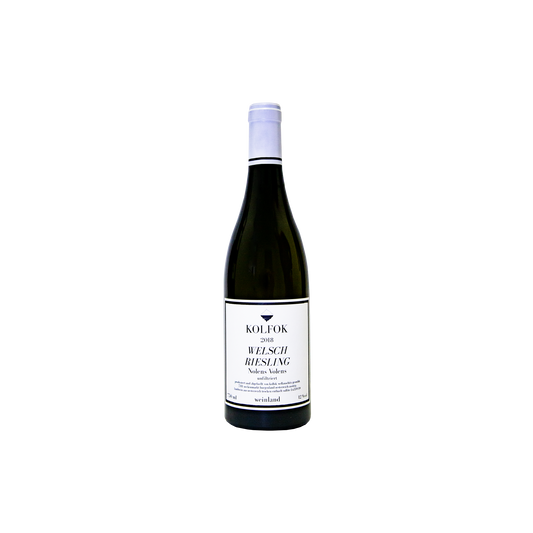 Sold out
Sold outWelschriesling - Nolens Volens 2018
Regular price €23,00 EURRegular priceUnit price €30,67 per l -
Intra! The Wild Rosé 2021
Regular price €24,00 EURRegular priceUnit price €32,00 per l -
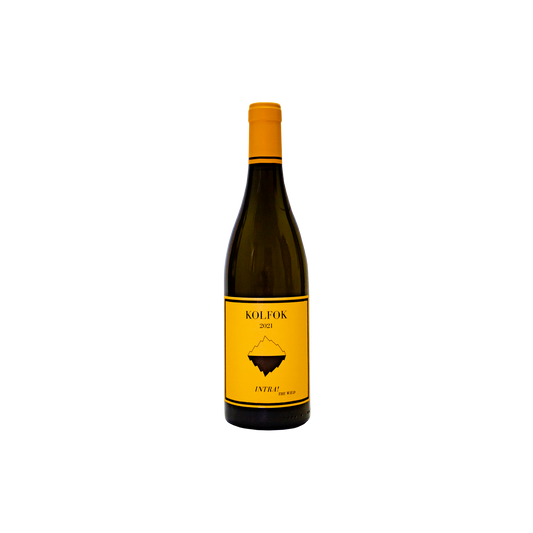 Sold out
Sold outIntra! The Wild White 2021
Regular price €24,00 EURRegular priceUnit price €32,00 per l -
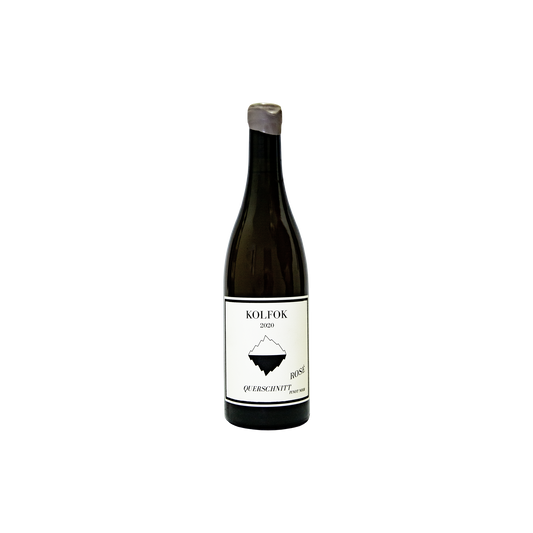 Sold out
Sold outQuerschnitt Rosé 2020
Regular price €28,00 EURRegular priceUnit price €37,33 per l -
Querschnitt Weiss 2021
Regular price €16,00 EURRegular priceUnit price €21,33 per l -
Blaufränkisch - Güterweg - Ried Bodigraben 2018
Regular price €46,00 EURRegular priceUnit price €61,33 per l -
Querschnitt Rot 2020
Regular price €16,00 EURRegular priceUnit price €21,33 per l -
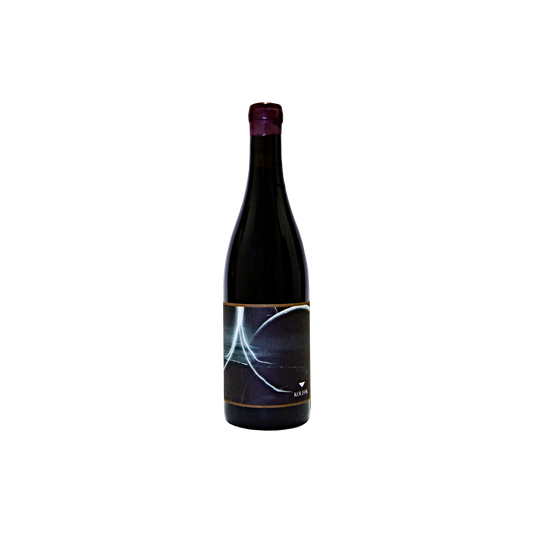 Sold out
Sold outGlimmerschiefer - Ganze Traube 2019
Regular price €36,00 EURRegular priceUnit price €48,00 per l -
High Diving Horses 2019
Regular price €34,00 EURRegular priceUnit price €45,33 per l -
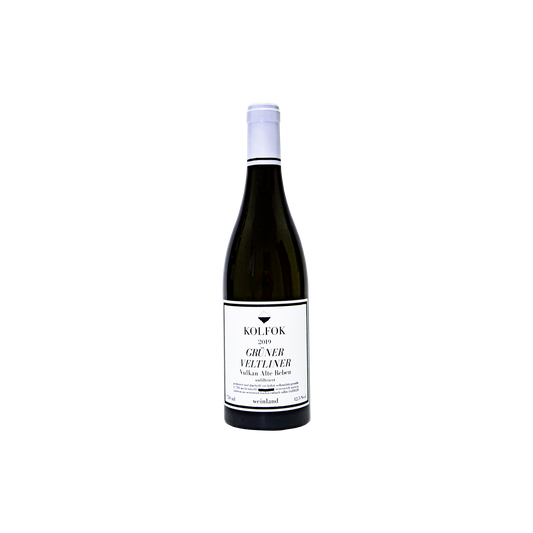 Sold out
Sold outGrüner Veltliner - Alte Reben 2019
Regular price €34,00 EURRegular priceUnit price €45,33 per l -
 Sold out
Sold outMuschelkalk - Alte Reben 2019
Regular price €48,00 EURRegular priceUnit price €64,00 per l


